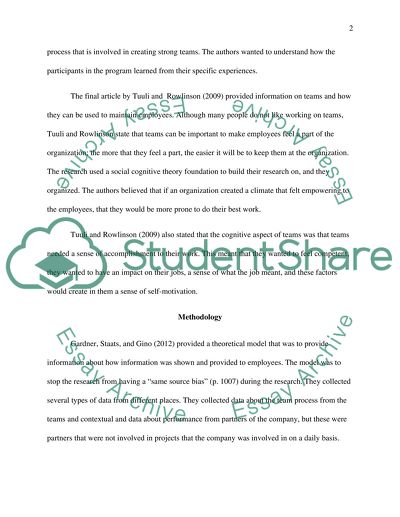Cite this document
(“Building and Sustaining High-Impact, Cohesive Teams Research Paper”, n.d.)
Building and Sustaining High-Impact, Cohesive Teams Research Paper. Retrieved from https://studentshare.org/psychology/1462923-building-and-sustaining-high-impact-cohesive-teams
Building and Sustaining High-Impact, Cohesive Teams Research Paper. Retrieved from https://studentshare.org/psychology/1462923-building-and-sustaining-high-impact-cohesive-teams
(Building and Sustaining High-Impact, Cohesive Teams Research Paper)
Building and Sustaining High-Impact, Cohesive Teams Research Paper. https://studentshare.org/psychology/1462923-building-and-sustaining-high-impact-cohesive-teams.
Building and Sustaining High-Impact, Cohesive Teams Research Paper. https://studentshare.org/psychology/1462923-building-and-sustaining-high-impact-cohesive-teams.
“Building and Sustaining High-Impact, Cohesive Teams Research Paper”, n.d. https://studentshare.org/psychology/1462923-building-and-sustaining-high-impact-cohesive-teams.


